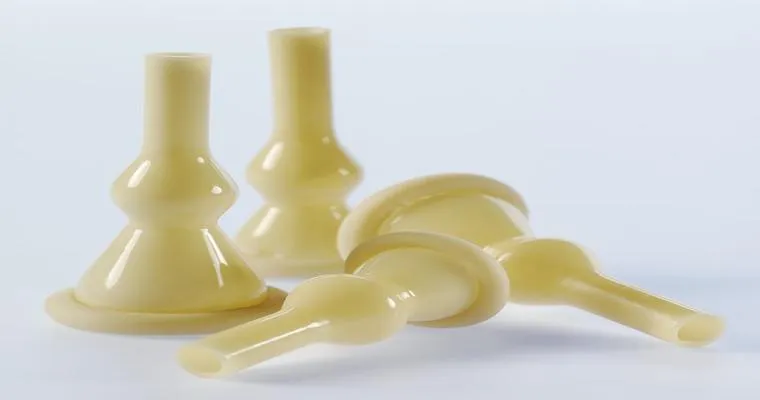Skin fold rashes are a common issue that many people experience, particularly those with "overweight" or "obesity", as well as individuals with certain medical conditions. These rashes typically develop in areas where skin rubs against skin, leading to irritation, redness, and discomfort. Understanding how to effectively treat and prevent skin fold rashes is crucial for maintaining skin health and overall comfort.
Understanding Skin Fold Rashes
Skin fold rashes, also known as intertrigo, occur in the warm, moist areas of the body, such as underarms, groin, and beneath the breasts. They can be exacerbated by factors such as "humidity", "friction", and inadequate airflow. Identifying the symptoms is the first step toward effective treatment. Symptoms may include itching, burning, and a noticeable rash that can sometimes become infected.
Common Causes of Skin Fold Rashes
Several factors can contribute to the development of skin fold rashes. These include:
"Excess moisture": Sweat and humidity can create an ideal environment for irritation and infection.
"Friction": Skin rubbing against skin, especially during physical activity, can lead to skin irritation.
"Poor hygiene": Infrequent washing can allow sweat and bacteria to accumulate, worsening the rash.
"Skin conditions": Pre-existing conditions like eczema or psoriasis may increase the likelihood of developing rashes in skin folds.
Treatment Options for Skin Fold Rashes
When it comes to treating skin fold rashes, several approaches can be effective:
1. "Keep the area dry": Pat the affected area dry after bathing or sweating. Use a soft towel to avoid further irritation.
2. "Use antifungal powders": Over-the-counter antifungal powders can help absorb moisture and reduce friction. Look for products specifically designed for skin folds.
3. "Apply topical creams": Creams containing hydrocortisone can help reduce inflammation and itching. Be sure to follow your doctor's recommendations regarding usage.
4. "Practice good hygiene": Regularly clean the affected areas with mild soap and water. Ensure the skin is thoroughly dried afterward.
5. "Wear breathable clothing": Loose-fitting, breathable fabrics can help reduce friction and allow airflow, which is crucial for healing.
When to Seek Medical Attention
While many skin fold rashes can be treated at home, it is important to seek medical advice if:
The rash does not improve with home treatment.
There are signs of infection, such as increased redness, swelling, or pus.
You experience severe pain or discomfort.
Preventing Skin Fold Rashes
Preventing skin fold rashes is often easier than treating them. Here are some effective preventive measures:
Maintain a healthy weight to reduce skin folds.
Stay hydrated and maintain a balanced diet to support skin health.
Use moisture-wicking fabrics during physical activity to minimize sweat accumulation.
Consider using barrier creams to protect sensitive areas from moisture and friction.
Conclusion
In summary, skin fold rashes can be uncomfortable and frustrating, but understanding their causes and treatments can lead to effective management. By employing good hygiene practices, keeping the area dry, and using appropriate topical treatments, individuals can find relief from these rashes. If symptoms persist or worsen, it is always advisable to consult with a healthcare professional for tailored advice and treatment options.





